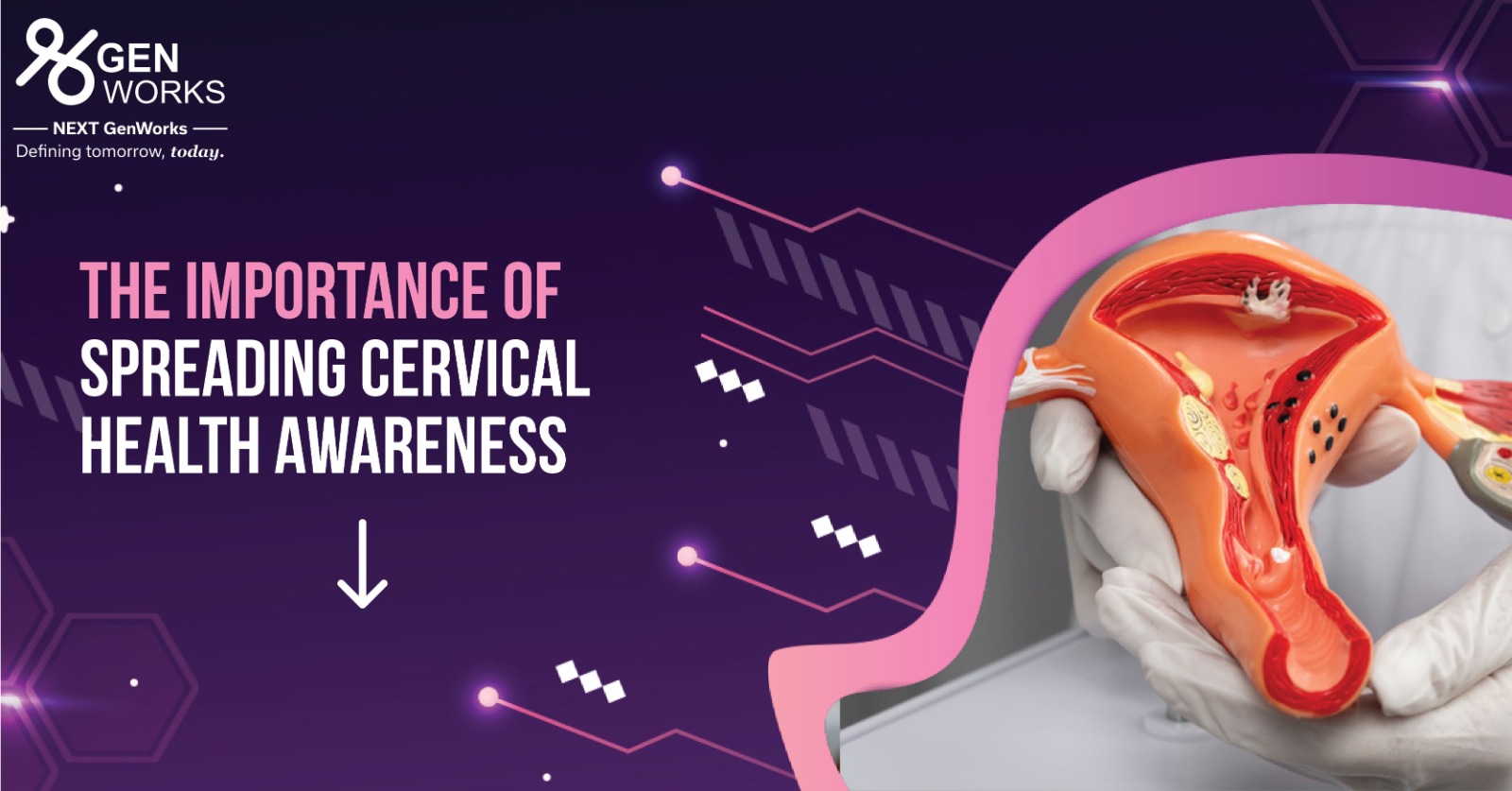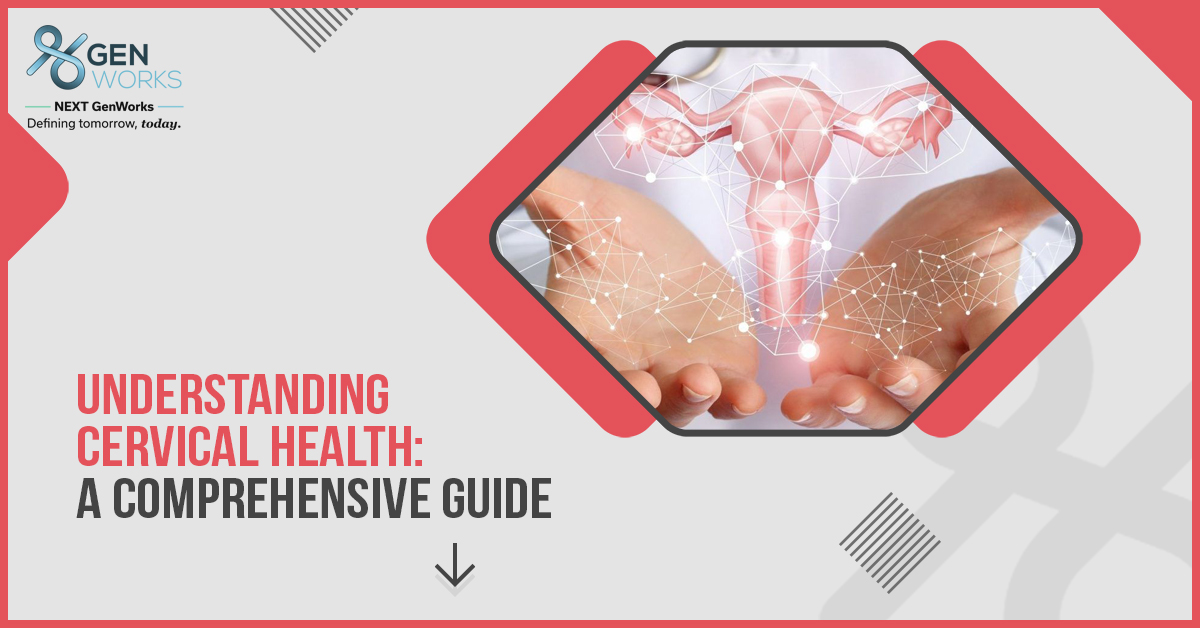Affordability - the missing link in revolutionizing cervical health

Cervical cancer is the leading cause of cancer deaths among women worldwide but there are marked regional differences in cervical cancer incidence across the world. Approximately 90 percent of mortality due to cervical cancer occur in low and middle-income countries. India carries a major chunk of this cervical cancer burden and mortality due to late diagnosis with poor survival rates as a consequence.
Screening is the key
High-income countries have successfully reduced cervical cancer incidence with an effective combination of organised and opportunistic screening programmes for early detection and treatment of pre-cancerous lesions. These countries have also established Pap smear cytology as the most effective screening method - the gold standard for early detection.
Why is Pap smear cytology not viable as a mass screening method in India?
Despite cervical cancer being a major public health concern in India, organised national screening through pap smear cytology is not practically viable in a low-resource setting such as India due to the lack of health delivery infrastructure and very limited human and financial resources, competing women health care needs and sociocultural factors.
Pap smear cytology - Long waiting time and Expensive
Pap smear cytology though lauded for its specificity as it detects more cases than other methods, is quite expensive and tedious. It might take six to eight weeks from the first visit to the local gynaecologist, sample collection, sending of the sample collection to the diagnostic laboratories to receiving the results from the gynaecologist with the complete process costing nearly Rs 2000. Depending on the result, the patient might have to be followed up for a confirmation with biopsy and colposcopy before treatment can commence for positive cases.
EVA as a powerful co-test to make Pap smear screening affordable
Despite the long turnaround time of test results and expensive nature of Pap smear as a screening tool, Pap smear testing can be successfully used in selective and opportunistic screening with EVA as a powerful co-test tool at the primary screening level. Various studies have demonstrated that the sensitivity and specificity of Pap smear is significantly improved when done along with colposcopy in the same visit especially when recall or follow up is poor.
EVA can offset pap smear screening costs
Pap smear screening though highly specific, is moderately sensitive which means that nearly half of the precancerous lesions can be missed. Therefore, this shortcoming of modest accuracy is addressed by regular screenings in developed countries. However, in rural settings in India, where women might not have access to regular screenings every few years, the use of EVA colpo along with Papsmear is the key to improved sensitivity and increased cases of early detection. The easy to use, durable and portable EVA colposcope enables better visualization of the cervix and helps the gynaecologist to view minute details thereby improving accurate detection and assessment of lesions.
EVA’s remote viewing and teleconsultation reduces patient recall costs
Remote viewing of the cervical images and teleconsultation allows the gynaecologist to decide on the need to recall or otherwise,patients with minor lesions with no apparent potential for progression. Therefore, EVA coplo can be a powerful co-test tool that significantly offsets the Pap smear screening costs in the long run as it reduces the need to recall patients.
EVA as a co-test for long term cost effectiveness of VIA
Various studies in developing countries including India have established ‘Visual Inspection with acetic acid (VIA)’ or by ‘Lugol’s Iodine’ as the least expensive of all screening methods making the VIA method an affordable primary screening tool in low cost settings. VIA, also known as direct visual inspection, involves naked eye inspection of the cervix under bright light at least one minute after the application of 35% dilute acetic acid using a cotton swab or a spray. The gynaecologist looks for the appearance of acetowhite patches in the transformation zone. While VIA is the least expensive option it detects fewer cases than other methods such as Pap smear cytology.The integration of EVA colpo in all screening programmes using the VIA method will greatly augment early and accurate detections.
EVA the smart colpo captures high quality cervical images that provides accurate viewing than naked eye inspection, therefore allows quick and cost-effective implementation of VIA in screening camps and effectively addresses the limitations of VIA.
VIA provides immediate results and use of EVA colpo can help verify the result with captured images and allowsbiopsy and confirmatory diagnosis and management to be done in the same visit thereby reducing the screening costs much further.
EVA reduces screening time per patient
The screening time per patient can be greatly reduced with EVA due to the portability and ease of set up, ultra-bright light that reduces glare during visualization, lens that enables 16x magnification for superior image clarity. Therefore more women can be screened per screening programme.
EVA increases accessibility
EVA can be used in all those remote rural screening programmes as it is portable, light weight, with a rechargeable long-lasting battery that allows uninterrupted usage of the device upto 10 hours. This facilitates access to more and more women from the remote rural areas with sparse healthcare and infrastructural facilities.
EVA increases screening coverage
One way to increase cervical screening coverage is to integrate it into comprehensive multiphasic population-based screening programmes where screening for a variety of health conditions such as diabetes, hypertension, oral breast and cervical cancers is done. EVA can strengthen the cervical screening methods used in such programmes with its seamless capturing of images and secure storage, retrieval of patient data and ease of integration of EVA portal data to the electronic medical records software of the screening organisations.
EVA makes screening affordable, accessible and easy to perform
Screening coverage would increase and allow for more and more women to get themselves tested only when screening becomes affordable, accessible and easy to perform and integration of EVA as an adjunct to the favoured screening methods of VIA and pap smear at the primary screening levels would greatly reduce screening costs and assure increased early detection than ever before.



